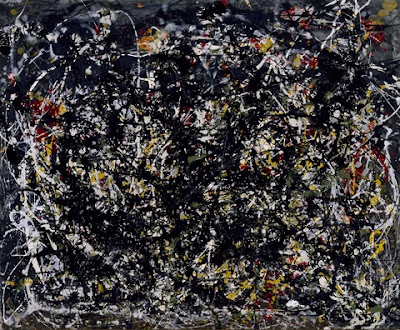Shepard Fairey, "Reforma Migratoria Ahora!"
Shepard Fairey, "Legislative Influence for Sale"
Barbara Kruger, "I Shop Therefore I Am"
Barbara Kruger, "Your Body is a Battleground"
Adbusters, "Corporate American Flag"
Adbusters, "Are We Happy Yet?"
So, there are some examples of what you're finished piece might look like. But remember, don't feel limited by these examples, feel empowered.
As a reminder of the process I went over in class today...
- Select an issue that matters to you. My intention is not to cultivate any particular political or social perspective in you. Rather it is to encourage you to develop some kind of political or social perspective.
- Research that issue across a range of media. In what ways do the representations of the issue exhibit uniformity and/or unity? Which voices, images, ideological perspectives, information, responses, etc. are included/addressed in these representations? Which are absent?
- Create a piece of 2D visual art--using text and image--to address your selected issue. Be sure that your piece reflects your research of the issue, and your developing perspective on the issue. Remember, the point of this assignment isn't for you to just make media--it's to encourage you to engage with an issue that interests/affects you, develop a better understanding of that issue, and then make something that reflects your perspective on it (and raises awareness of it).
- Then, post it on your Facebook page, Tumblr, Twitter, etc. and engage in a conversation about it with your community online.
- And lastly (as always) reflect on this process. Talk about why you selected your issue, what research you did, what you found, how your understanding of the issue has grown, why you chose to represent this issue (in regards to form and content) in your poster, and what it was like to discuss this piece with your friends online.
I will be grading you with all of these points in mind. And remember that the same day that you post your Protest Poster, you will be responsible for posting an artist's statement for the Webspinna in which you reflect on your experience composing and then performing your mix.
And here's a Ted talk from Nigerian author Chimamanda Adichie called "The Danger of a Single Story" that addresses some of the negative consequences of the uniformity of media representations and advocates for other, varied voices to be heard and stories to be told. It's worth watching.
And here's a Ted talk from Nigerian author Chimamanda Adichie called "The Danger of a Single Story" that addresses some of the negative consequences of the uniformity of media representations and advocates for other, varied voices to be heard and stories to be told. It's worth watching.











